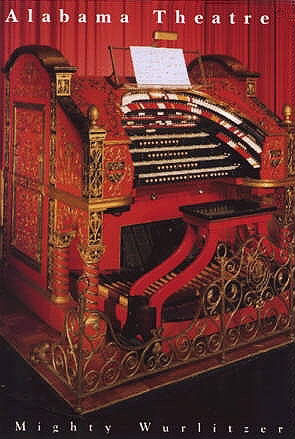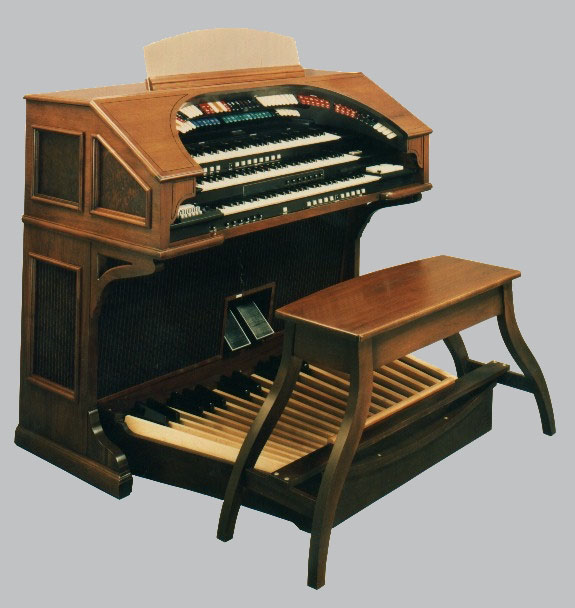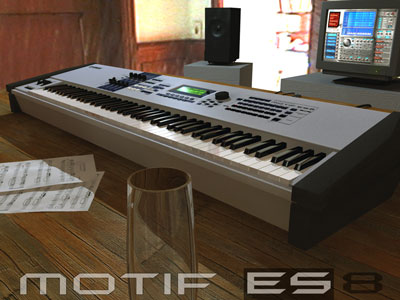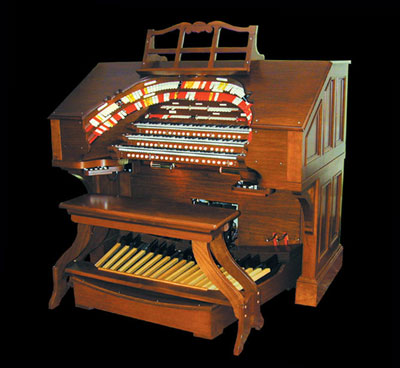
|
|
Seeking out the King...
|
In the Golden Age of the Theatre Pipe Organ, hundreds of these were in movie palaces all across America. They found their way overseas, even as far away as the continent of Austalia. Today, very few of these magnificent instruments are left in their original movie house installations. The others have found new homes elsewhere. They have found their way into private residences, museums, public schools, skating rinks and even pizza parlors and churches. There is, however, a growing grass roots movement to bring them back to their former glory and return them to the theatres from whence they came. Large sums of money are being raised to this end by Theatre Organ Societies to make this happen for future generations to enjoy. There is also a lesser known but strong undercurrent of enterprising individuals who are taking the concept even further. They are designing software for the personal computer that has the potentual to put a WurliTzer in every house. To find out more about this trend, see The Mighty MidiTzer Project. |
|
A bit of history...
|
The movie palaces of yesteryear were grand homes for these mighty instruments, often designed around the organs installed within. Money was no object, and bigger was definately better, as proprieters and designers tried to outdo eachother with each new theatre that got built. This resulted in some huge instruments being made and installed in enormous auditoriums that could seat many hundreds of patrons.
Folks would travel for many miles to take in the splender of the buildings, to see the flicker of the silver screens and hear the mighty power of the pipes as they sang out with the granduer of a complete symphony orchestra under the control of one person. It was an awesome experience for those who went there, indeed. And then, in the late 1920's, it happened. The Great Depression struck America, along with a new developement. Around the start of the 1930's sound on film heralded the advent of "the talkies". The Theatre Pipe Organ was no longer the centerpiece of the show, becoming less used as time went by, until it was finally religated to intermissions and the occasional social club function, languishing into the forgotten realm of days gone by that only the "old folks" who had "been there and done that" would remember during the days of World War II.
Now, some of these folks had zeal and the money to back it up. After the war and many technological advances in electronics, they formed clubs and petitioned musical instrument manufacturing companies, who began a campaign of nostalgic persuit that resulted in the construction and retailing of many electronic organs for the home. Competition was fierce. These were the days of the great "Home Organ Boom" of the late 1950's and early 1960's. The great pipe organ builders went electronic and for a time, things looked good. Sales were brisk. And many Theatre Pipe Organs were restored and relocated out of harm's reach. And then, a new developement took place. The space program and military persuits brought about solid state electronics, which made computers an economic reality, resulting in what we now know as synthesizers. As the 1970's rolled by and electronics became more sophisticated, the organ became once again an obsolete relic, to be found mostly in churches and the soundtracks of scary B movies. This gave the once popular instrument a bad reputation as something "not cool", especially with young people of the day. The Theatre Pipe Organ was a die hard thing, however. Many dedicated folks clung to the sound and the wonder of it, holding on even as urban growth saw the wrecking ball of progress demolish the grand old movie houses in favor of new glass office skyscrapers. These people still had money and the will to fight, keeping these magnificent machines alive. But, most were lost. Today, only a few remain. For an interesting look at the whereabouts of some famous Theatre Pipe Organs, please visit Chaz Bender's website known as Theatre Pipe Organ.com and Cinema Pipe Organ.com. Although the site is new and still under construction, it has much to offer and promises to be a favorite destination for those who love the King of Instruments. Mr. Bender is a member of our newsgroup at Yahoo!, Walnut Hill Virtual Theatre Pipe Organ. Today, in the early part of the 21st century, computers are becoming powerful. This power has made possible a renewed interest in the King of Instruments. What is old has become new once again. Software developers are writing programs that allow computers to become virtual pipe organs. Real pipe organs are getting a second lease on life, with new control circuits and expanded features. Folks are restoring the few theatres that are left as we live through the "urban renewal era", as nostalgia breeds fascination in the new generation. Yes, once again, the future looks bright for that mightiest of musical instruments, the Theatre Pipe Organ! |



